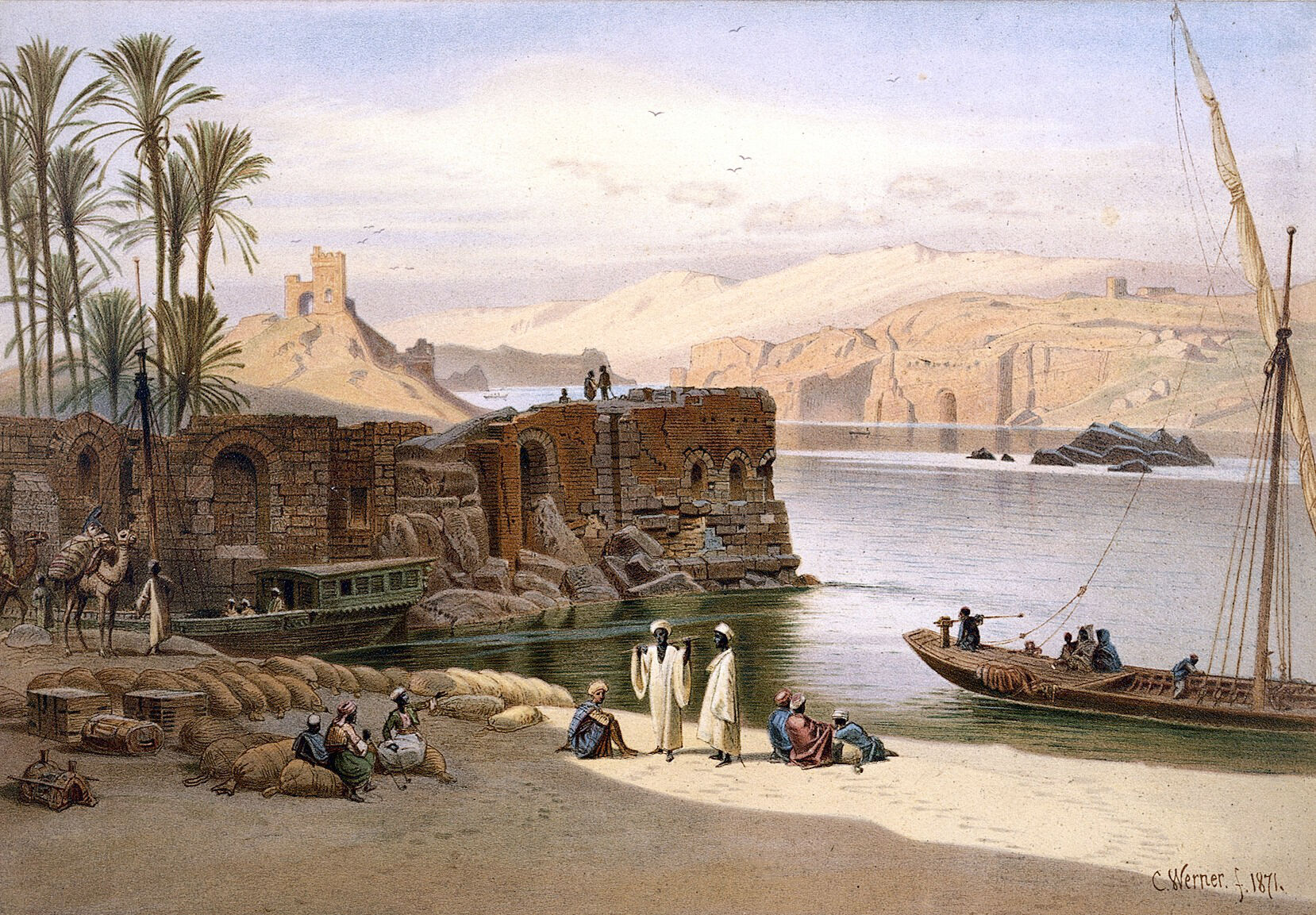Physical Address
304 North Cardinal St.
Dorchester Center, MA 02124
Physical Address
304 North Cardinal St.
Dorchester Center, MA 02124
Stories That Shaped Our World
Stories That Shaped Our World

Few civilizations have captured the human imagination as profoundly as Ancient Egypt. For more than three millennia, this civilization flourished along the fertile banks of the Nile River, leaving behind a legacy of monumental architecture, profound religious beliefs, artistic mastery, and advancements in science and governance. From the awe-inspiring pyramids and enigmatic sphinxes to intricate hieroglyphs and mythological pantheons, Ancient Egypt continues to intrigue historians, archaeologists, and travelers alike.
This article explores how the geography of the Nile nurtured Egypt’s growth, the role of pharaohs as god-kings, the wonders of religion and art, and the enduring influence of one of the world’s oldest continuous civilizations.
The Greek historian Herodotus famously called Egypt the “Gift of the Nile.” Indeed, the annual flooding of the river deposited nutrient-rich silt, transforming arid desert into fertile farmland. This cycle allowed Egyptians to sustain agricultural surpluses, which in turn supported urbanization, trade, and centralized governance.
The Nile was not only an economic lifeline but also a cultural axis — serving as a highway for goods, people, and ideas.
At the heart of Egyptian society was the pharaoh, regarded as both king and living god. This dual role legitimized absolute power while binding politics with religion.
The pharaoh’s authority was reinforced through colossal statues, elaborate temples, and inscriptions proclaiming divine favor.
Religion permeated every aspect of Egyptian life. Polytheistic and deeply symbolic, Egyptian beliefs centered on maintaining ma’at — the cosmic order of truth, balance, and justice.
The Book of the Dead, with its spells and rituals, guided souls through the challenges of the afterlife, including the weighing of the heart against the feather of Ma’at.
No discussion of Ancient Egypt is complete without its monumental architecture. These works were both religious expressions and demonstrations of power.
Engineering precision, astronomical alignment, and artistic mastery reveal a civilization that combined spirituality with scientific ingenuity.
The Egyptians developed one of the earliest writing systems: hieroglyphics. These pictorial symbols recorded religious texts, administrative records, and monumental inscriptions.
Their advances laid groundwork that influenced neighboring civilizations and, through later transmission, Western science.
Egyptian society was highly stratified but remarkably organized:
Despite hierarchy, Egyptian art and records reveal joy in music, dance, festivals, and family life. Women held relatively high status, with rights to own property and conduct business.
No empire lasts forever. Over centuries, Egypt faced invasions by the Hyksos, Nubians, Assyrians, Persians, and eventually the Greeks under Alexander the Great. By 30 BCE, with the death of Cleopatra VII, Egypt became a Roman province.
Yet Egypt’s cultural essence endured. Roman emperors adopted Egyptian symbols; later, Coptic Christianity preserved aspects of its language. Even today, Egypt’s monuments stand as testaments to its grandeur.
The influence of Ancient Egypt echoes across history:
Above all, Egypt exemplifies how geography, belief, and human ambition can forge a civilization whose legacy outlives millennia.
Ancient Egypt was not simply a civilization of pyramids and pharaohs. It was a world where religion, politics, art, and science intertwined, producing a society of astonishing complexity and resilience.
Standing on the banks of the Nile today, one feels the weight of time — yet also the vitality of a people who believed that life, like the river itself, flows endlessly.